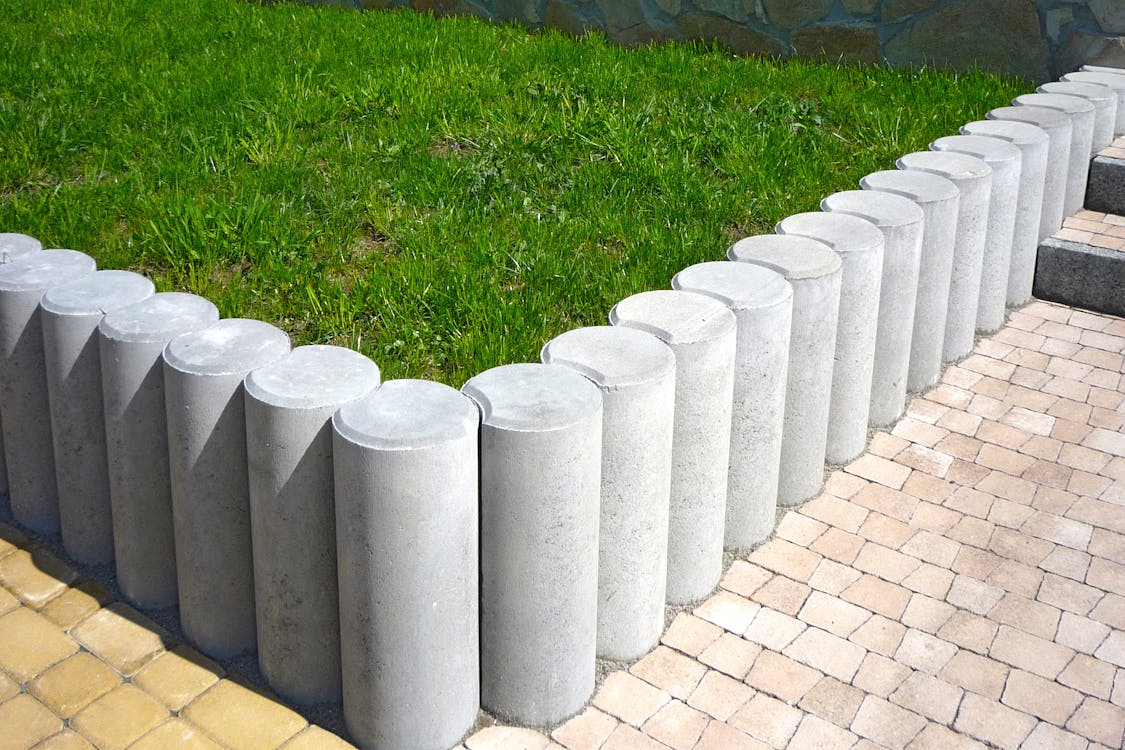Your Guide to Eco Landscaping with Recycled Soil
Your Guide to Eco Landscaping with Recycled Soil
Blog Article

Rethinking the Landscape: Why Recycling in Landscaping Matters More Than Ever
Lasting living doesn't quit at multiple-use bags and solar panels-- it expands right into our backyards. Landscape design is going through a quiet transformation, where ecological consciousness and creative thinking are reshaping just how we design exterior areas. Among one of the most interesting changes in this evolution is the expanding concentrate on recycling materials like soil, compost, and even hardscape components. Whether you're collaborating with sprawling acreage or a moderate yard spot, your green thumb can now do double duty-- nurturing plants while protecting the earth.
Environment-friendly landscape design isn't just about growing native species and saving water. It's likewise concerning reassessing waste. Dirt, for instance, is commonly dealt with as non reusable throughout huge yard renovations or when handling building debris. However that rich, earthy resource can frequently be repurposed-- and doing so can reduce expenses, minimize garbage dump contributions, and create healthier, more sustainable yards.
Going Into Soil Recycling: Turning "Used" Dirt into Garden Gold
Dirt recycling starts by recognizing what you're dealing with. If the soil has been formerly made use of in planting beds or construction, it may be compressed or depleted of nutrients. But this does not indicate it's ineffective-- it simply requires recovery.
Begin by screening your dirt. Eliminating particles like rocks, origins, and trash offers you a clean base. If it's clay-heavy or overly sandy, blending it with great site garden compost or organic matter boosts structure and nutrient content. This is where a reputable provider of landscape supplies in Windsor residents trust fund can make a difference, supplying compost, topsoil blends, and soil conditioners that renew exhausted dust.
Recycled dirt is ideal for elevated beds, flower beds, and even brand-new lawn setups. By picking to work with what you currently have, you're reducing transportation discharges and lowering the need for newly extracted earth. It's a subtle change, but when multiplied across neighborhoods, its ecological impact is huge.
Recovering the Beauty in Hardscape: Giving Old Materials New Purpose
Following time you knock down a patio or dig up a garden border, don't be so quick to throw those busted pavers or chipped bricks. Hardscape materials like stone, concrete, and brick are exceptionally long lasting-- and very multiple-use. They can become rustic bordering, charming stepping rocks, or the structure of a brand-new path.
And then there are decorative rocks. These elements don't wear out-- they just get relocated. Restoring river rocks, pea gravel, or crushed granite from old setups and redistributing them creatively saves money and prevents the need for even more quarrying. It's the sort of round economic situation that does not simply benefit your backyard-- it benefits ecosystems at large.
Think of this as an opportunity to instill your landscape with personality. Recycled aspects commonly bring a patina of time, a sense of tale. What was as soon as a part of another person's outdoor patio might currently be a conversation-starting focal point in your drought-tolerant rock garden.
Mulch, Wood, and Green Waste: Composting and Reusing with Intention
Wood chips, leaves, and backyard cuttings are typically swept up and carried off, just to end up in municipal waste. Yet these materials are the perfect structure for mulch or garden compost. Instead of buy brand-new every season, several garden enthusiasts now produce their own compost from shredded branches or autumn leaves.
Self-made mulch not just suppresses weeds and preserves soil dampness but additionally slowly decays to nourish the dirt. Over time, this constructs a healthy growing setting that's much more lasting than synthetic fertilizers or imported changes.
If you're increasing into composting, environment-friendly waste like vegetable scraps, turf trimmings, and coffee grounds can feed your soil. This composting society isn't simply environmentally friendly-- it's encouraging. It places control in your hands and transforms daily waste right into horticulture prize.
Creative Reuse in Outdoor Projects: Where Sustainability Meets Style
Environment-friendly landscape design is as much about design as it is about materials. Increased beds made from recovered timber, yard seats created from leftover stone, or keeping walls developed with recovered blocks verify that sustainability and elegance are not equally unique. They're friends in modern landscape design.
More property owners are sourcing their materials locally through trusted Landscape Supply in Greeley, CO carriers that recognize the worth of both brand-new and recycled resources. It's about finding suppliers that supply top quality, longevity, and a dedication to ecologically accountable practices. Whether you're filling in a blossom bed or upgrading an entire yard, neighborhood sourcing minimizes discharges and supports local economic climates.
There's also an expanding neighborhood of DIY landscapers and contractors sharing concepts for repurposing materials online and via community networks. You might find that your neighbor's thrown out woods are exactly what you require for a new garden bench-- or that the pile of rubble you thought was waste is really the structure for your next preserving wall.
Landscape design for the Future: Small Steps, Big Impact
The path to an extra sustainable landscape starts with straightforward options. Reuse soil rather than dumping it. Repurpose hardscape materials as opposed to purchasing brand-new. Garden compost your clippings rather than bagging them for garbage dump pick-up. These aren't massive modifications-- they're conscious changes. But their effect reverberates.
By welcoming recycled products and smarter sourcing, you're not just gardening-- you're part of a motion. An activity towards less waste, more creativity, and deeper connection with the land under your feet.
So the following time you're intending your backyard or upgrading a yard feature, think twice before discarding what seems unusable. There's charm in the reused, stamina in the repurposed, and function in every sustainable option you make.
Remain tuned for more ideas and fresh landscape design ideas that assist you grow greener, smarter, and much more influenced with every season. Keep following along-- and allow's maintain developing a cleaner, extra aware exterior world together.
Report this page